Blood in Cat Stool: Everything You Need to Know

By Evelyn Harcourt
juillet 31, 2025 - 1 min read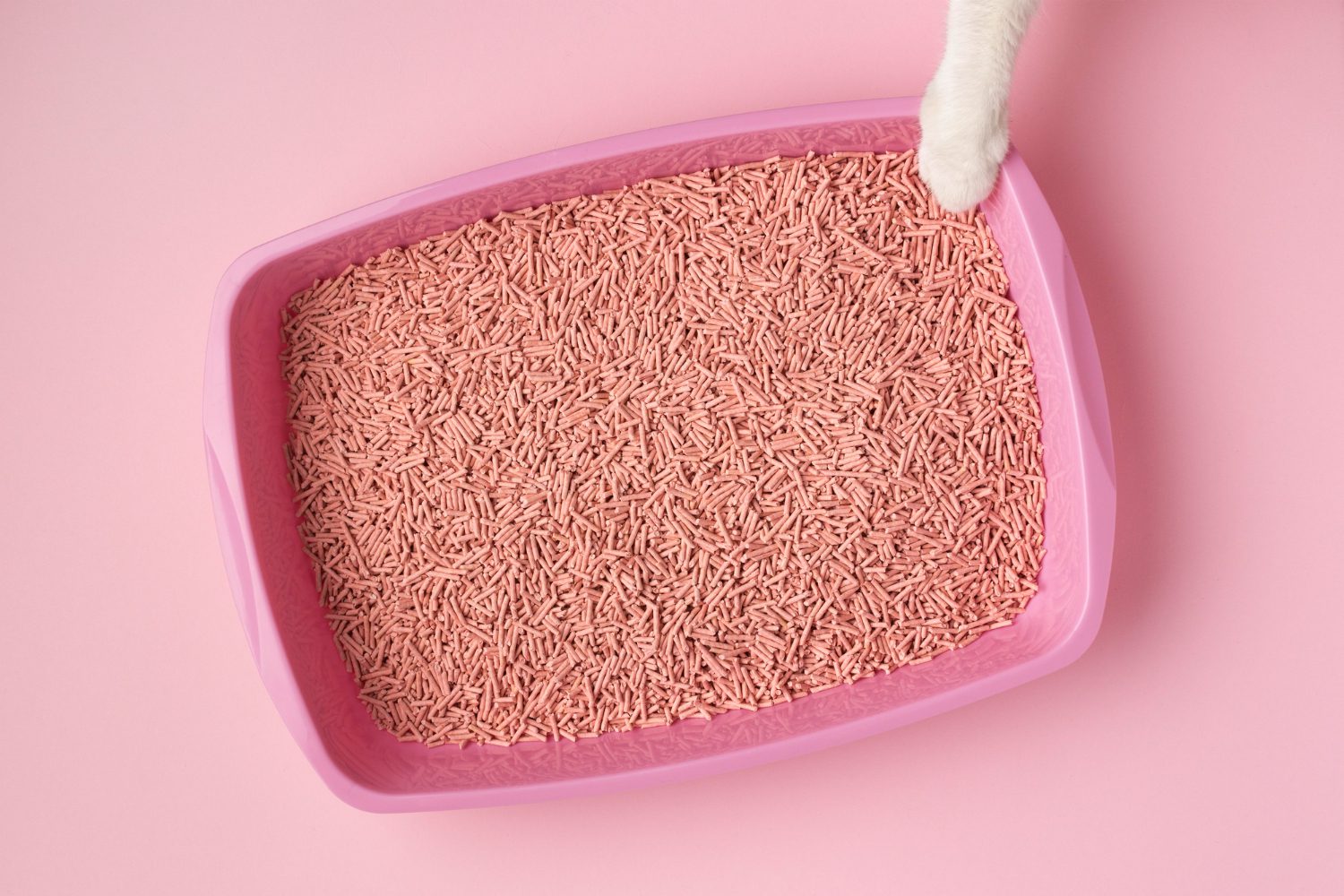
For most owners, finding blood in their cat’s stool sets alarm bells ringing. While it is certainly something to pay attention to, it is not always indicative of a serious medical issue. Indeed, it is quite commonly seen in cats, particularly those with diarrhoea.
Once you’ve identified that there is blood, you’ll want to determine why. This article discusses the potential causes, what can be done from home to support your pet and how your veterinarian can help.
Recognising Haematochezia vs. Melaena
As ‘complex’ as these two words sound, they have simple meanings. Haematochezia refers to fresh, red blood in the poo, while melaena refers to black, tarry and digested blood.
Dark, Tarry Stools Explained
Black blood tends to come from the mouth, food pipe, or stomach and has time to digest as it passes through the gastrointestinal tract.
Fresh Blood (Bright Red) Explained
Red blood comes from further down the digestive tract, such as the colon or anus. If a polyp in the rectum bleeds, the blood has no time to be broken down before being passed, so it will be red.
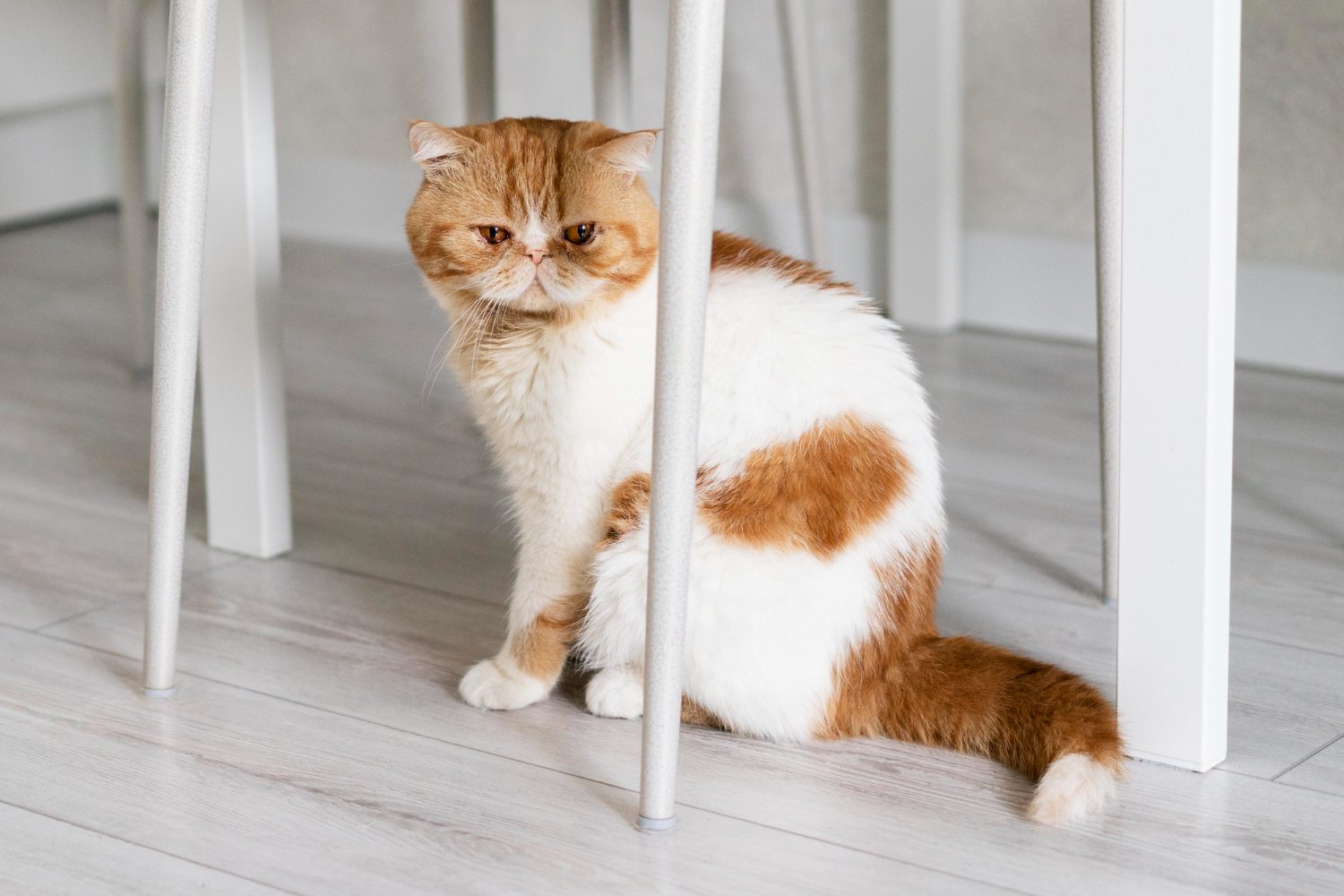
Is it an Emergency?
There are some occasions where bloody stool is going to be an emergency.
Red Flags Requiring Immediate Vet Care
Red flag signs that mean an emergency vet visit is needed include:
- Passing a large amount of blood (more than a tablespoon)
- Pale gums
- A swollen abdomen
- Rapid or laboured breathing
- A history of trauma or toxicity
- Weakness, lethargy or feeling cold to the touch.
- Persistent vomiting
- Bloody vomit
Common Causes of Blood in a Cat's Stool
There is a huge array of potential causes for blood in the poop. Here’s a summary of the most common:
Dietary Indiscretion and Food Intolerance
If your cat eats something they should not, or if their diet is changed abruptly, this can trigger an upset stomach. Those with a history of a sensitive stomach are most likely to develop symptoms.
Parasitic Infections
Parasites, including intestinal worms and protozoa, frequently cause signs such as bloating, flatulence, diarrhoea, and bloody stool.
This is prevalent in kittens, particularly if their mother wasn’t treated for parasites while pregnant.
Inflammatory Bowel Disease (IBD)
IBD occurs in middle-aged and older cats and can cause them to suffer from chronic gastrointestinal symptoms and to lose weight. IBD can be linked to food allergies and dysbiosis (an imbalance in the microbial community within the gut).
Bacterial and Viral Gastroenteritis
Infections are a common cause of bloody diarrhoea, with a good example being Salmonellosis, which is a zoonotic (can spread to humans) disease associated with eating raw food.
Some strains of Calicivirus have been associated with haemorrhagic diarrhoea. Vaccination is key here, as mortality can reach 50%.
Anal Gland Disease or Rectal Trauma
Of course, any ‘trouble’ in the back passage has the potential to cause bleeding into the stool. This includes blocked or infected anal glands, as well as trauma from a car accident or cat fight.
Anal gland issues are more commonly found in dogs, but can occur in cats. Look for symptoms such as a fishy smell or swelling around the anus.
Polyps and Tumours
Growths within the GI tract are prone to becoming friable, meaning that little bits can break off the surface, become ulcerated, and bleed. If they are internal, they cannot be seen by the naked eye.
Drug Reactions and Toxins
Some of the toxins most associated with bloody stool include rat bait, ibuprofen and cleaning products containing bleach.
It is also possible for cats to develop stomach upset and bloody stool as a side effect of medication they have been prescribed, particularly NSAIDs and steroids.
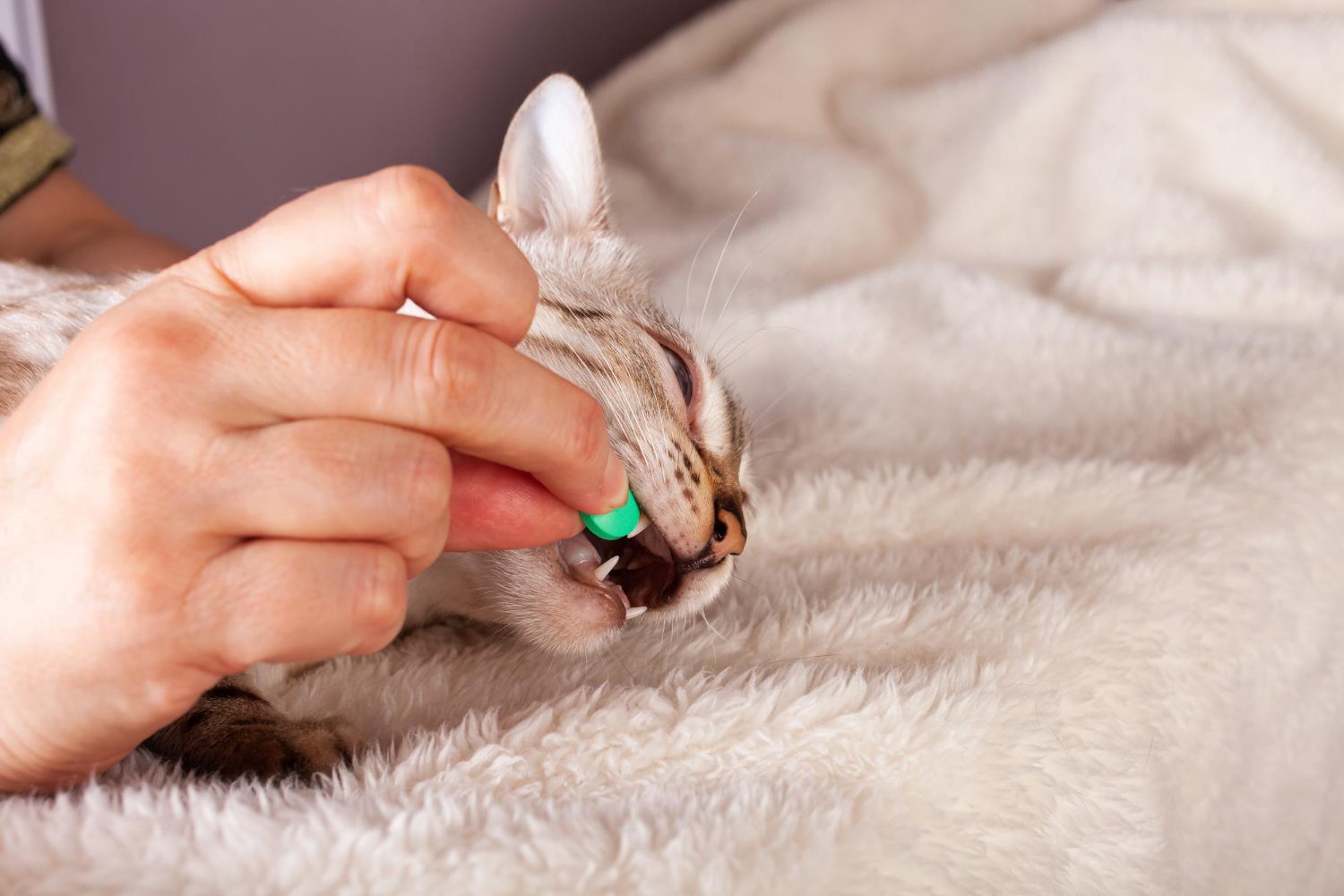
First Steps at Home
As soon as you notice the poo is bloody, there are things you can do.
Collecting a Stool Sample Safely
Consider starting the process for a stool analysis. Most of the time, this is not needed, as the cat recovers quickly.
Still, it can be useful to collect a bean-sized amount each day for 3 days and store it in a clean Tupperware box in the fridge in case signs continue and your vet decides to have the stool analysed.
Bland Diets
Do not starve your cat. Instead, offer a bland and digestible diet. You can use a prescribed food (such as Hills i/d) or cook chicken and rice.
Hydration and Electrolyte Support
Consider offering a rehydration solution or cat soup along with their water. You can even add water to meals.
Monitoring Litter Box Frequency and Appearance
Keep a close eye on what is happening in your cat’s litter tray, and on how much blood is being lost.
Veterinary Examination and Diagnostics
If your cat does not improve quickly or develops other symptoms, it is important that it be seen by a vet.
History and Physical Exam
Your vet should take a clinical history and check your cat from nose to tail. They’ll assess the cat's gum colour and moisture levels, palpate the abdomen, check the temperature, and examine the anal glands.
Faecal Testing and PCR Panels
In some cases of ongoing bloody stool, your vet may recommend that a sample be sent for testing. This is a great way to detect parasites and infections.
Blood Work and Coagulation Profiles
Blood tests are useful for assessing organ health, checking for infection markers, and determining if a cat is anaemic. Similarly, your vet can run specific blood tests to ensure your cat’s blood is clotting as it should.
Imaging
Imaging tools can be useful for diagnosing a number of conditions, including gastric ulcers, gut obstructions, intestinal thickening, or masses.
Endoscopy is particularly valuable for assessing the foodpipe and stomach, often helpful in patients with melaena.
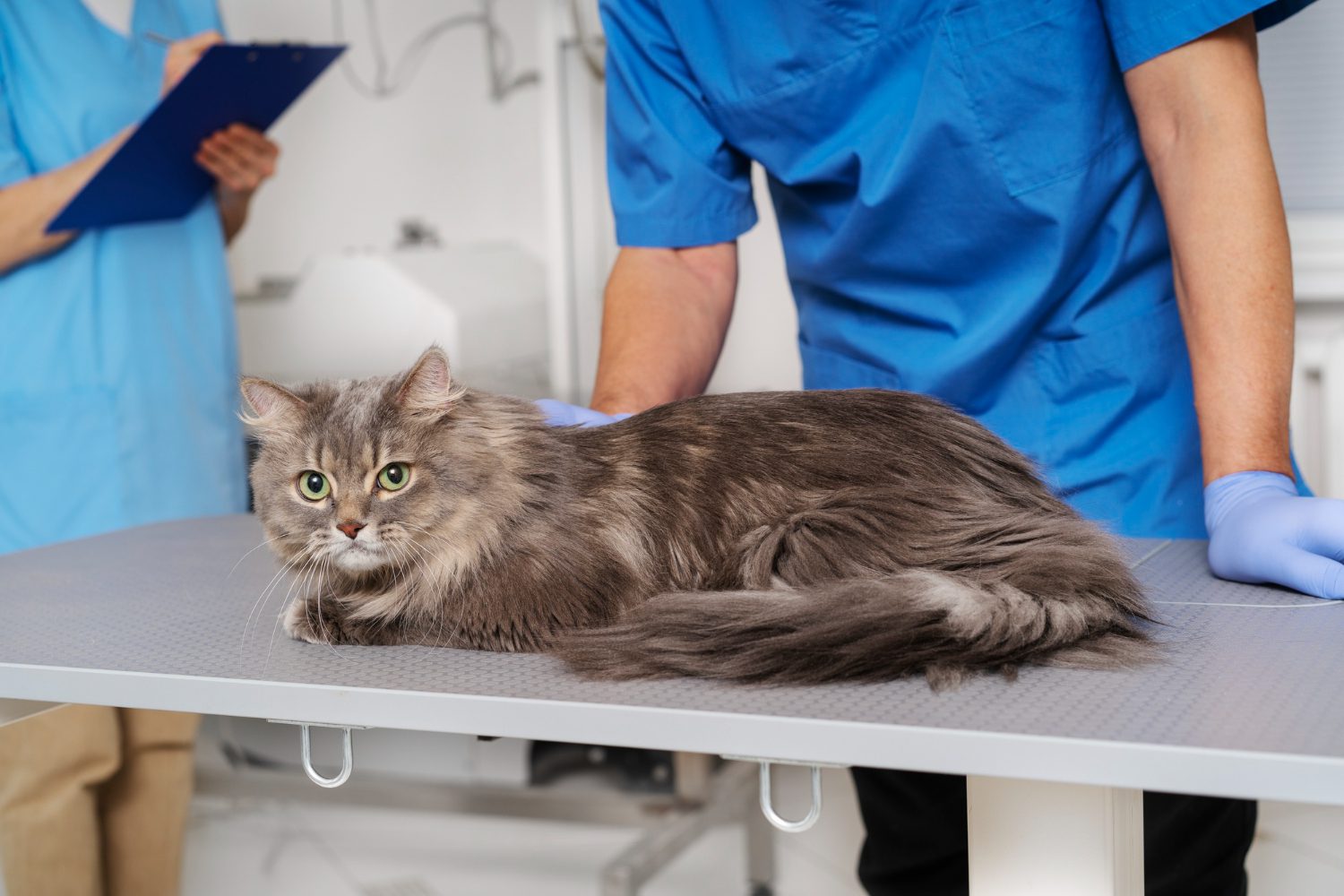
Treatment Options for Blood in Cat Stool
Each patient is treated as an individual, and patients with very short bouts of bloody stool may not require any medication at all.
Medication
Treating parasites is easy to do, and especially important for those who go outside or eat raw meat.
The use of antibiotics is less clear. Indeed, many studies have shown that, unless a bacterial infection has been identified, it is better to avoid giving antibiotics.
Anti-inflammatories or immunosuppressive medicine may be required in the case of certain diseases, including IBD.
Diet Modification & Hypoallergenic Trials
Short term, giving a bland diet and avoiding treats helps the gut to recover. For patients with chronic disease, a prescribed diet may form part of their therapy.
In IBD, for example, many cats are advised to trial a hydrolysed protein diet.
Surgical Intervention
Much less commonly, we’ll need to turn to surgery. This may be the case if a cancerous mass has to be removed or if the gut has telescoped into itself (intussusception). Surgery is also needed if there is a blockage, for example, if the cat has eaten some string or plastic.
Gut-Support Supplements
We are increasingly learning about the importance of a healthy gut microbiome. Offering prebiotics and probiotics can improve gut health and reduce the length of time that cats suffer from bloody stools.
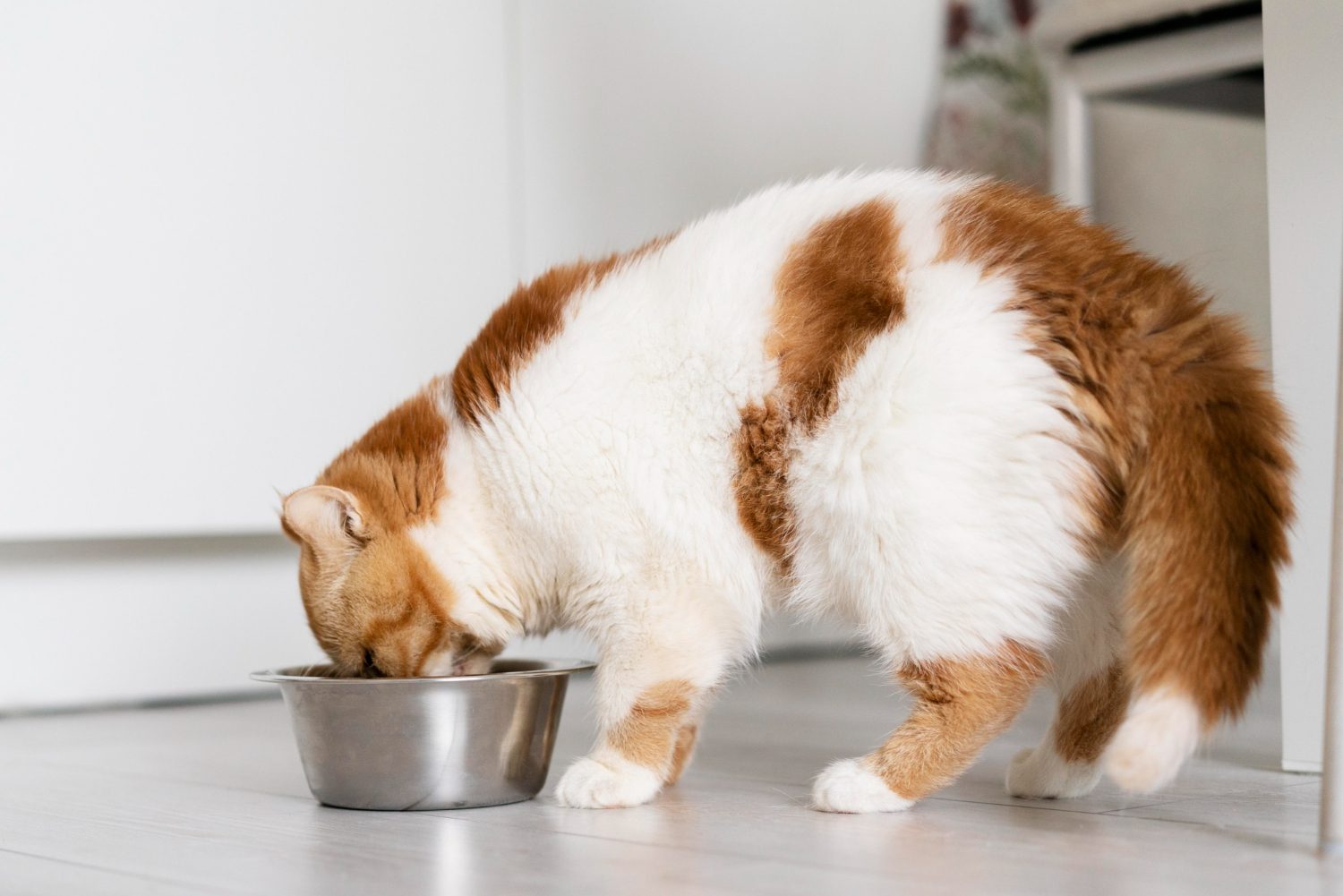
Ongoing Care and Prevention
Looking forward, you can help your cat maintain good gastrointestinal health with some minor interventions.
Transitioning Back to Regular Diet
The transition back to cat food should be done slowly over several days, and your cat should be monitored closely to ensure it is coping.
Stress Reduction and Environmental Enrichment
Stress plays a large role in recovery, and high cortisol levels can contribute to diarrhoea and gut imbalances. Enrichment, as maintaining a peaceful home and a predictable routine, can help keep your cat happy.
This can include using cat TV and radio, providing cat trees and scratching posts, and playing with interactive toys such as flirt poles, treat balls, and wind-up mice.
Routine Deworming and Vaccinations
Remember to see your vet regularly for your cat’s vaccines. Depending on its lifestyle, outdoor cats should be dewormed a few times a year.
Regular Wellness Checks
A healthy adult cat should see its vet at least annually, but this becomes much more frequent for seniors or those dealing with chronic medical issues.
Older cats are more prone to conditions such as dental disease, arthritis, and hyperthyroidism, which are often detected during routine wellness checks.
Learn More About Blood in Cat Stools
Please contact us if you’re concerned for your cat or if you have any questions about their stools or any recent signs they have been showing.
Our team is always available to help you, and your cat’s health is our priority.
Blood in Cat Stool FAQs
Can stress cause blood in my cat’s stool?
Stress can be a factor, particularly in cats with underlying medical issues such as IBD. Stress-induced colitis is a recognised condition, often seen in those in catteries or who have recently travelled large distances.
How long should I wait before seeing a vet?
Contact your vet if your cat seems unwell despite having bloody stool or if its signs persist. Kittens and seniors should be seen promptly, as they are less able to cope with bloody stool.
What does it cost to diagnose blood in stool?
For most, the cat recovers rapidly, and no diagnosis is reached. In chronic cases, tests to identify the cause can cost anything from a couple of hundred pounds (stool analysis and culture) to a couple of thousand pounds (if imaging and biopsies are required).
Continue reading

Is Excessive Drooling An Emergency for Dogs?
Excessive drooling in dogs: causes, red flags, and when to call the vet.
Read article
Cat Tail Shaking: Is it an Emergency?
Learn whether your cat's tail shaking is normal, a warning, or urgent.
Read article
Eclampsia in Dogs: Symptoms, Causes and Treatments
Spot eclampsia fast, symptoms, causes, and vet treatments to protect mum and pups.
Read article